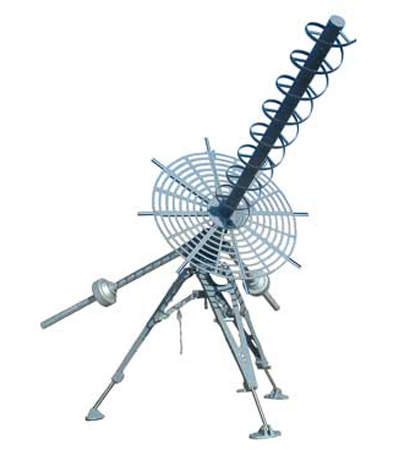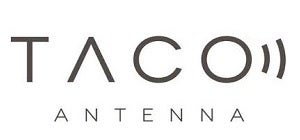
Army Technology spoke with Jeff Kunkle, TACO Antenna’s Global Business Development Manager, and Jon Barton, Business Development Manager – Europe, about the company’s innovative antenna catalogue.
Q: Could you provide a brief overview of your line of satellite communication antennas?
“TACO Antenna currently produces UHF SATCOM antennas for both portable and fixed ground station applications. These antennas are both MUOS and Legacy/UFO compatible. Our portable/manpack antenna is easily carried by an individual and quickly deployed in under 30 seconds. Its performance provides the user a peak gain of 11dbic covering the full UHF TACSAT (Tactical Satellite) frequency band of 240-400MHz. This is a single piece unit with no additional parts. Its design is lightweight, modular, and compact.
“Our fixed station UHF SATCOM antennas are available in several models offering slightly different frequency coverage starting at 225MHz up to 520MHz and gain performance up to a peak gain of 15dbic. They feature a 2-piece ground plane with mesh design for reduced wind loading which assemble with no tools required. Their construction is rugged and reliable with additional mounting hardware available for either a mast mounted application or a tripod. Through our partner, SystemWare Europe, we can also provide Electrical Pan & Tilt positioners for more complex networked antenna systems where bearings can be changed remotely by the user.”
Q: What are the core defence industry applications for these antennas, and could you provide some examples of where they are currently being used?
“Our antennas are primarily used by US military, Ministry of Defense authorities and government agencies worldwide for military UHF Satcom communications.
Q: What are some of the key advantages to defense organisations of using TACO’s SATCOM antennas over those of your competition?
“The main advantages of these antennas are their reliability, robust construction, and performance characteristics. We have antennas that have been in service for over 15 years. Our pricing is competitive in comparison with similar products on the market.”
Q: When selecting antennas for use in a military setting, what are some of the key criteria that should be considered and what recommendations would you provide?
“End use, environment, and specification (such as frequency) are the main key factors. For example, selection of a UHF antenna for a fixed application is quite different than a mobile one. We have many different types of antenna and accessories depending on the application.”
Q: Looking ahead, do you have any plans for the future development of TACO’s antennas to accommodate the evolving needs of the defense sector (including additions to the product range if applicable)?
“Customer needs are forever changing. We will adapt our product range to meet the needs of the customer where applicable. We have seen increased interest in having more than one link or to have control over the antenna remotely, enabling them to redirect on new bearings/satellites as operations change geographically.”
They go on to emphasise that our compatibility with the next generation MUOS satellite communication system means that right now and for the foreseeable future, with a large part of the defense sector, no adaptation is necessary. And with performance evaluations even better than expected, demand for MUOS terminals will continue to increase, put TACO in an ideal positioned to benefit.


